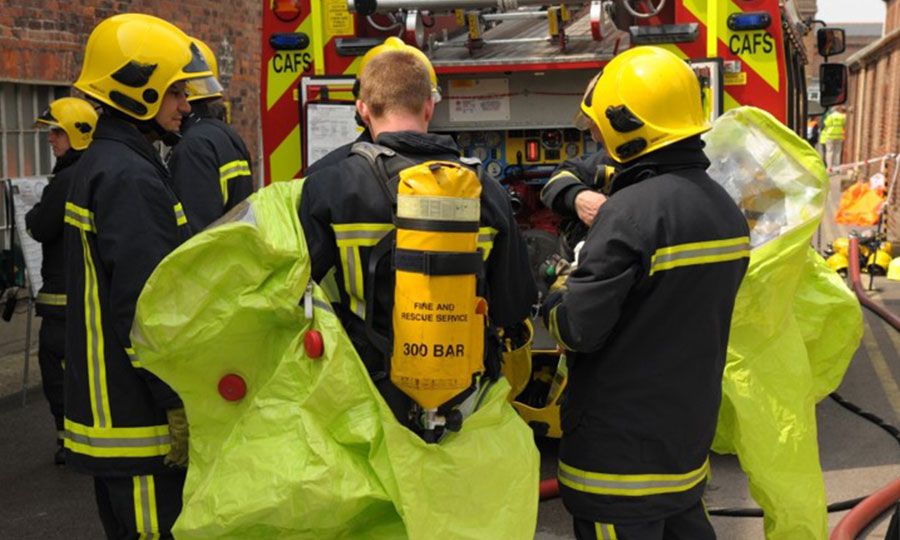

Hazardous Waste Operations and Emergency Response (HAZWOPER) 29 CFR 1910.120
The Superfund Amendments Reauthorization Act of 1986 (SARA) outlined EPA’s plans to prioritize and clean up abandoned hazardous waste sites. Because workers would be exposed to various types of hazards during the cleanups, the Act required OSHA to create a regulation to protect anyone involved.
OSHA’s Hazardous Waste Operations and Emergency Response (HAZWOPER) Standard was promulgated to fulfill the requirement. The Standard applies to the following five groups of workers performing:
-
Clean-up operations required by a governmental body that are conducted at uncontrolled hazardous waste sites
-
Corrective actions involving cleanup operations at Resource Conservation and Recovery Act (RCRA) sites
-
Voluntary cleanup operations at uncontrolled hazardous waste sites
-
Operations involving hazardous wastes at Treatment Storage and Disposal Facilities (TSDFs)
-
Emergency response operations for releases of, or substantial threats of releases of, hazardous substances regardless of the location of the hazard
Comprehensive Safety and Health Plans
To help prevent injuries and illness during hazardous waste site cleanups or emergency response, employers must create comprehensive safety and health plans that characterize, analyze and address hazards and risks at the site; outline work activities and standard operating procedures; and document engineering controls that will be utilized as well as personal protective equipment that will be worn.
Plans must also address site sanitation, illumination, decontamination of workers and equipment, informational programs and exploration of new technologies.
Medical Surveillance and Training Requirements
Performing hazardous substance cleanup operations can be very demanding. The Standard includes requirements for medical surveillance as well as training requirements for different categories of workers.
A key focus of HAZWOPER training is to communicate the policies and procedures that are in place to perform cleanup, remediation and response activities safely. Workers must have anywhere from 8 – 40 hours of initial instruction, depending upon their work functions, and must be able to demonstrate competency.
Subscribe for Updates:
Sign up here to get the latest news, rules, and regulations and delivered right to your inbox.